Spirea Companion Plants That Will Make Your Garden Pop
Spirea is a genus of flowering shrubs that are known for their beautiful blooms. There are over 90 species of spirea, and they come in a variety of colors, including white, pink, red, and purple. Spirea shrubs are easy to care for and can be grown in a variety of climates.
One of the best ways to add interest to your spirea garden is to plant companion plants. Companion plants are those that grow well together and can benefit each other in some way. When choosing companion plants for spirea, it is important to consider the following factors:
- Sunlight requirements: Spirea shrubs need full sun, so you will need to choose companion plants that also prefer full sun.
- Water requirements: Spirea shrubs are drought-tolerant, so you will need to choose companion plants that have similar water needs.
- Soil type: Spirea shrubs prefer well-draining soil, so you will need to choose companion plants that also prefer well-draining soil.
- Height and spread: When choosing companion plants for spirea, it is important to consider the height and spread of the plants. You don't want to plant a companion plant that will eventually outgrow your spirea shrub.
Here are some of the best companion plants for spirea:
- Butterfly bush: Butterfly bush is a tall, flowering shrub that attracts butterflies and other pollinators. It is a good companion plant for spirea because it has similar sunlight and water requirements.

- Clematis: Clematis is a flowering vine that can be trained to climb over spirea shrubs. It is a good companion plant because it provides vertical interest and can help to shade the roots of the spirea shrub.
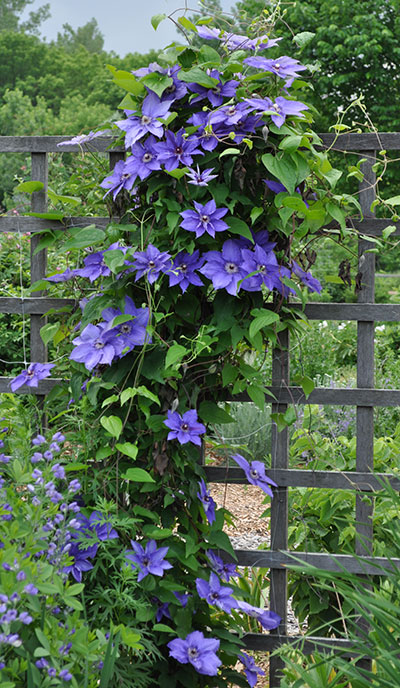
- Hostas: Hostas are shade-loving plants that can add contrast to spirea shrubs. They are a good companion plant because they have similar water requirements and can help to suppress weeds.

- Iris: Iris is a flowering perennial that comes in a variety of colors. It is a good companion plant for spirea because it has similar sunlight and water requirements.
- Phlox: Phlox is a flowering perennial that comes in a variety of colors. It is a good companion plant for spirea because it has similar sunlight and water requirements.
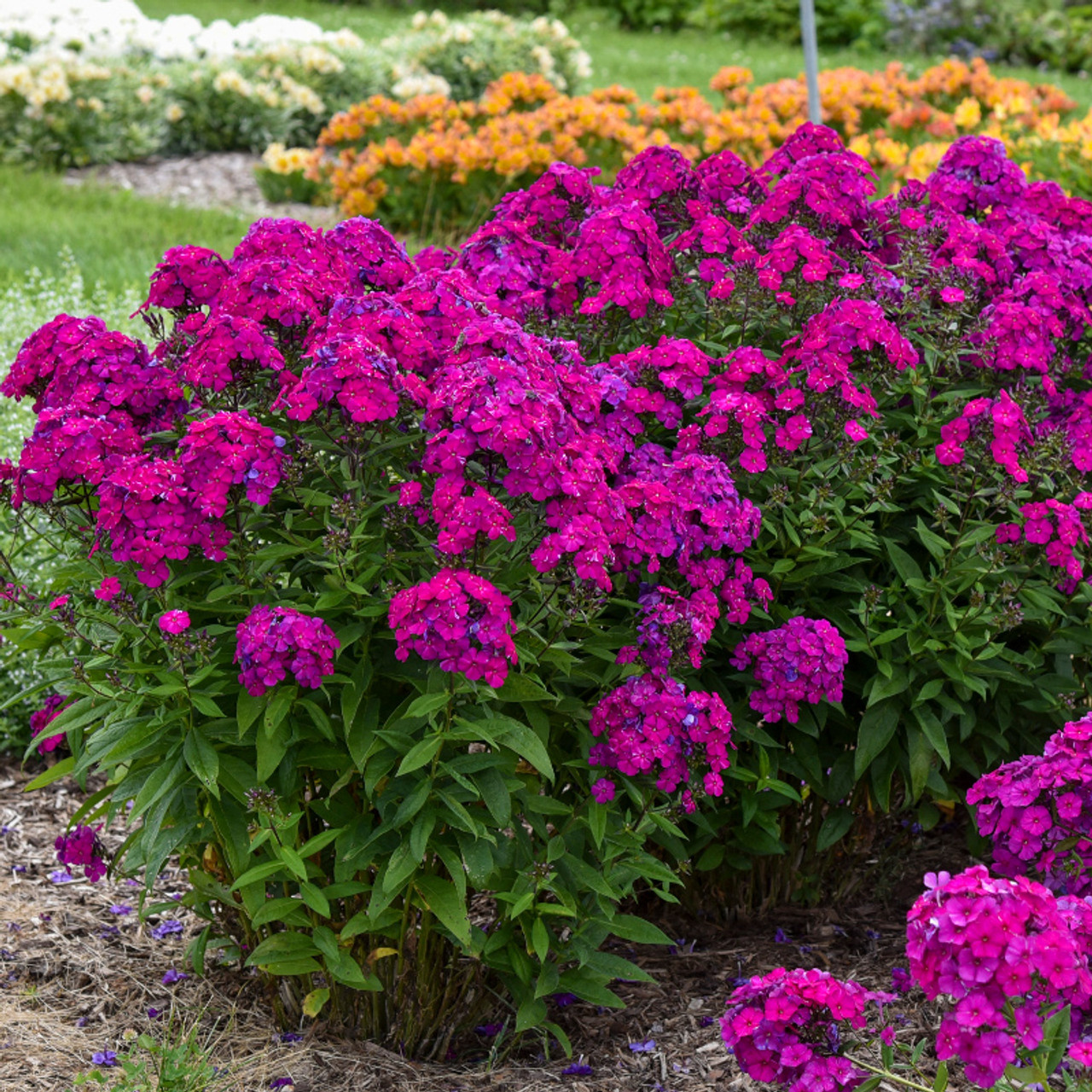
- Russian sage: Russian sage is a tall, flowering shrub that has a strong fragrance. It is a good companion plant for spirea because it has similar sunlight and water requirements.
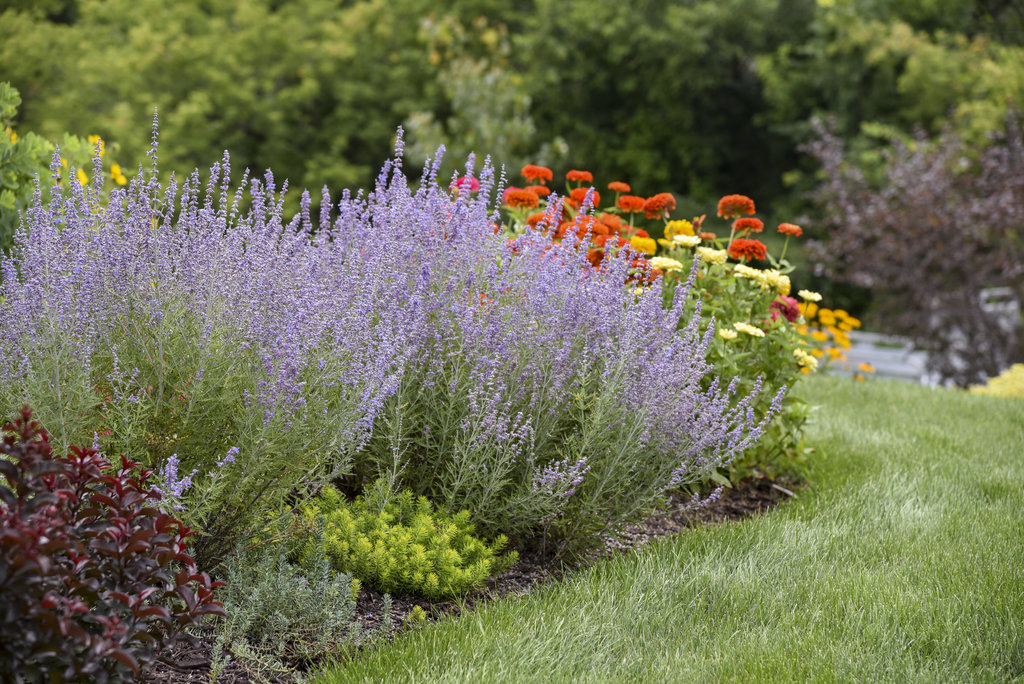
In addition to the plants listed above, there are many other companion plants that can be grown with spirea. When choosing companion plants, it is important to consider the factors listed above and to experiment to find the combinations that work best for your garden.
Spirea is a beautiful flowering shrub that can add a touch of elegance to any garden. But what if you want to create a stunning display of spireas? The key is to choose the right companion plants.
There are a number of factors to consider when choosing companion plants for spirea, such as their height, bloom time, and color. For example, if you have a tall spirea, you might want to plant it with shorter plants that will not overshadow it. You also want to choose plants that bloom at the same time as the spirea, so that you can enjoy a continuous display of flowers.
One website that has a great selection of spirea companion plants is Gardenia Inspiration. This website offers a wide variety of plants to choose from, and they have helpful information about each plant, including its height, bloom time, and care requirements.
So if you're looking for the perfect companion plants for your spirea, be sure to check out Gardenia Inspiration. You won't be disappointed!
FAQ of spirea companion plants
Question 1: What are some good companion plants for spirea?
Answer: Spirea can be paired with a variety of other plants, but some of the best companions include:
- Hostas: Hostas have large, coarse leaves that provide a nice contrast to the fine-textured foliage of spirea. They also tolerate the same amount of sun and moisture, making them a good choice for companion planting.

- Hydrangeas: Hydrangeas are another good choice for companion planting with spirea. They come in a variety of colors, so you can choose one that will complement the flowers of your spirea.

- Astilbe: Astilbe is a tall, airy plant that adds a touch of elegance to any garden. It blooms in late summer, so it will provide flowers when your spirea is starting to fade.
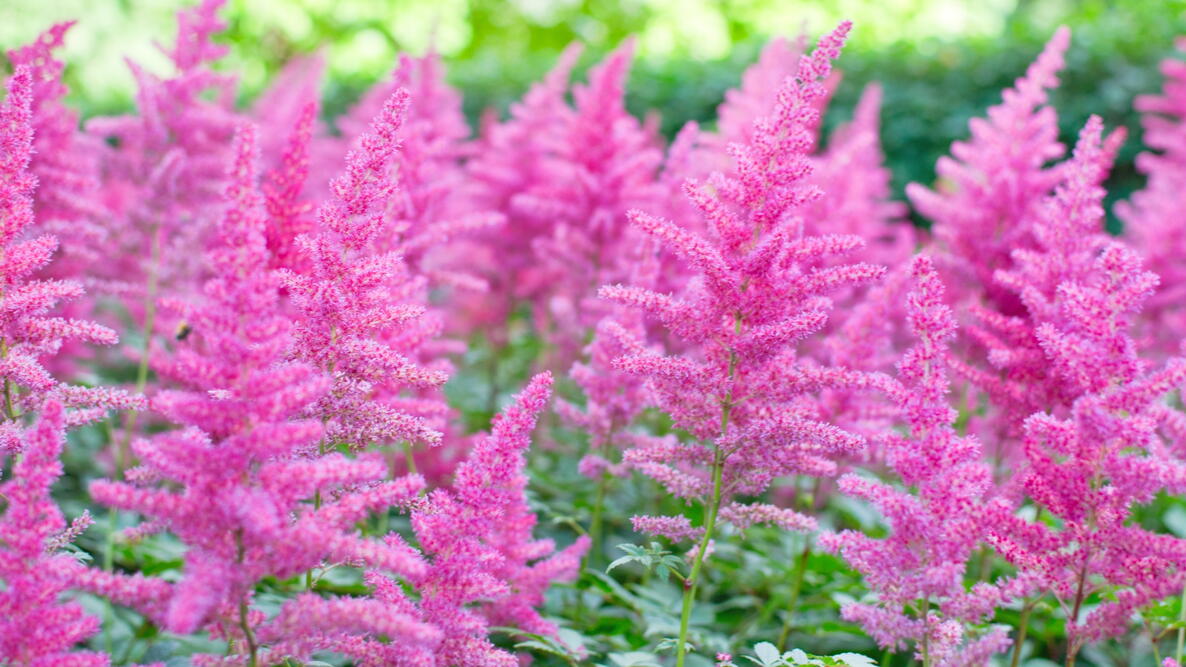
- Salvia: Salvia is a colorful plant that blooms in a variety of colors, including red, purple, and blue. It attracts butterflies and other pollinators, making it a great choice for a pollinator garden.
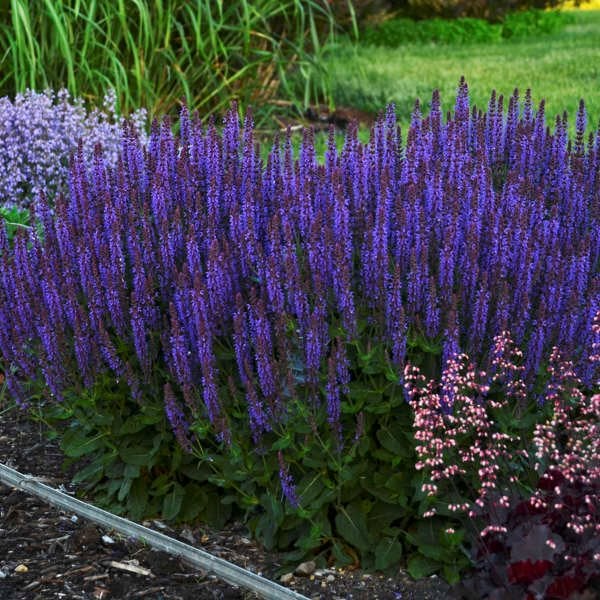
- Coral bells: Coral bells are a low-maintenance plant that blooms in the spring. They come in a variety of colors, so you can choose one that will complement the foliage of your spirea.
Question 2: How much space do spirea plants need?
Answer: Spirea plants need about 2-15 feet of space between them, depending on the variety. Be sure to check the mature size of the variety you are planting so you can space them accordingly.
Question 3: What are some of the benefits of planting spirea companion plants?
Answer: There are many benefits to planting spirea companion plants. Some of the benefits include:
- Improved appearance: Companion planting can help to create a more visually appealing garden. The different shapes, colors, and textures of the plants can create a more interesting and eye-catching landscape.
- Attract pollinators: Many companion plants attract pollinators, such as butterflies and bees. This is beneficial for the garden ecosystem, as pollinators help to pollinate plants and flowers.
- Improved soil health: Some companion plants can help to improve soil health. For example, spirea can help to improve the drainage of soil.
- Reduced pest and disease problems: Some companion plants can help to reduce pest and disease problems. For example, marigolds can help to repel nematodes.
Question 4: What are some of the challenges of planting spirea companion plants?
Answer: There are a few challenges that can be encountered when planting spirea companion plants. Some of the challenges include:
- Choosing the right companions: It is important to choose companion plants that have similar growing requirements. For example, you would not want to plant spirea with a plant that needs more water, as this could lead to root rot.
- Spacing the plants correctly: It is important to space the plants correctly so that they have enough room to grow. If the plants are too close together, they may compete for resources and not thrive.
- Watering and fertilizing properly: It is important to water and fertilize the plants properly. This will help to ensure that they are healthy and that they flower well.
Question 5: Where can I find more information about spirea companion plants?
Answer: There are a number of resources where you can find more information about spirea companion plants. Some of these resources include:
- Online gardening websites: There are many online gardening websites that have articles and information about spirea companion plants.
- Gardening books: There are also a number of gardening books that have information about spirea companion plants.
- Local garden centers: Your local garden center may also have information about spirea companion plants.
Image of spirea companion plants
Here are 5 different images of "spirea companion plants" from Pinterest:
- Butterfly bush (Buddleja davidii): This tall, airy shrub is a magnet for butterflies, bees, and other pollinators. It blooms in shades of purple, blue, pink, and white from late spring to early fall.

- Columbine (Aquilegia): This delicate wildflower has blue, pink, or white flowers with long, drooping spurs. It blooms in early spring and is a good choice for shady spots.
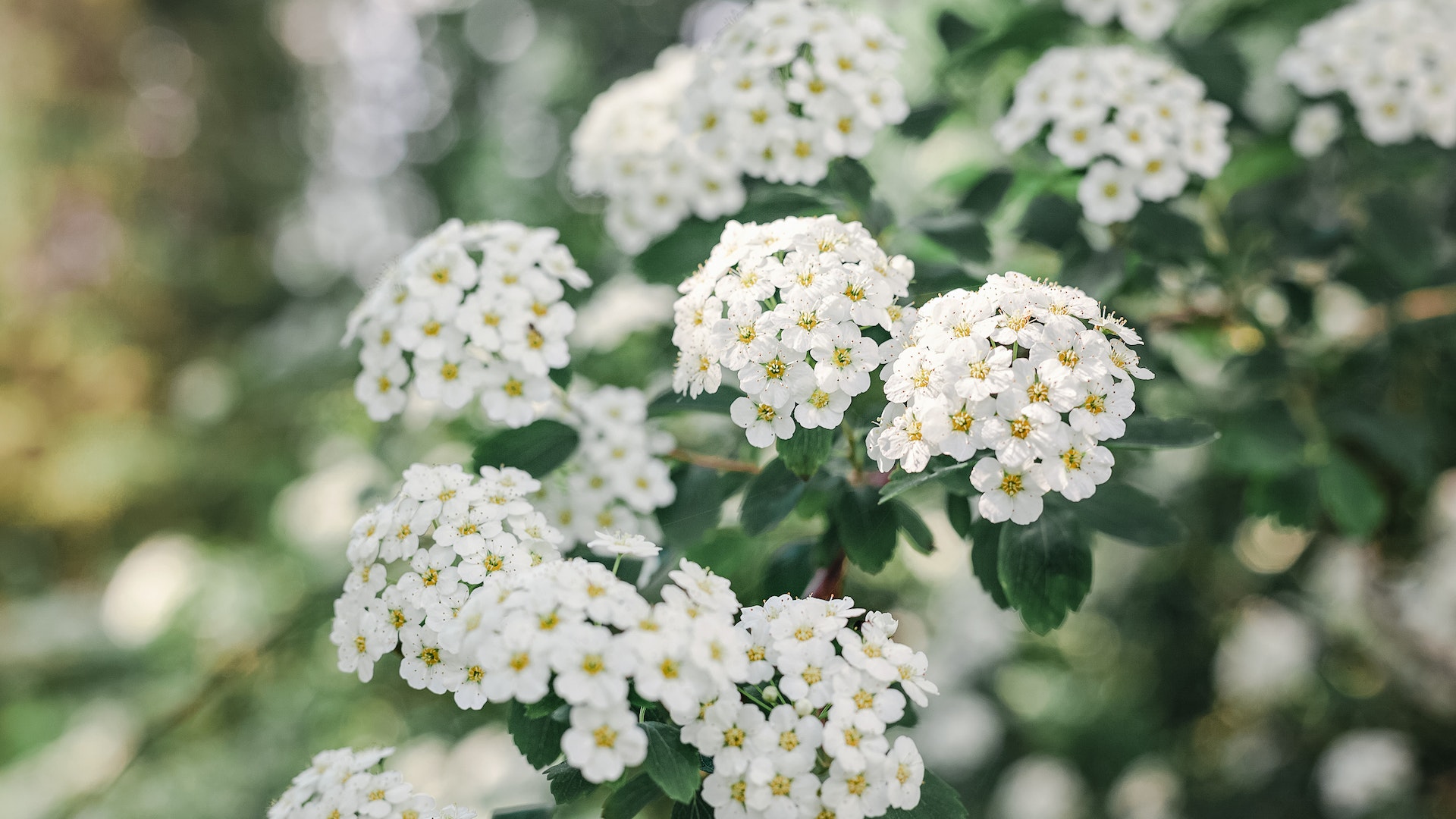
- Hydrangea (Hydrangea macrophylla): This large, showy shrub is available in a variety of colors, including blue, pink, white, and purple. It blooms in summer and prefers moist soil.
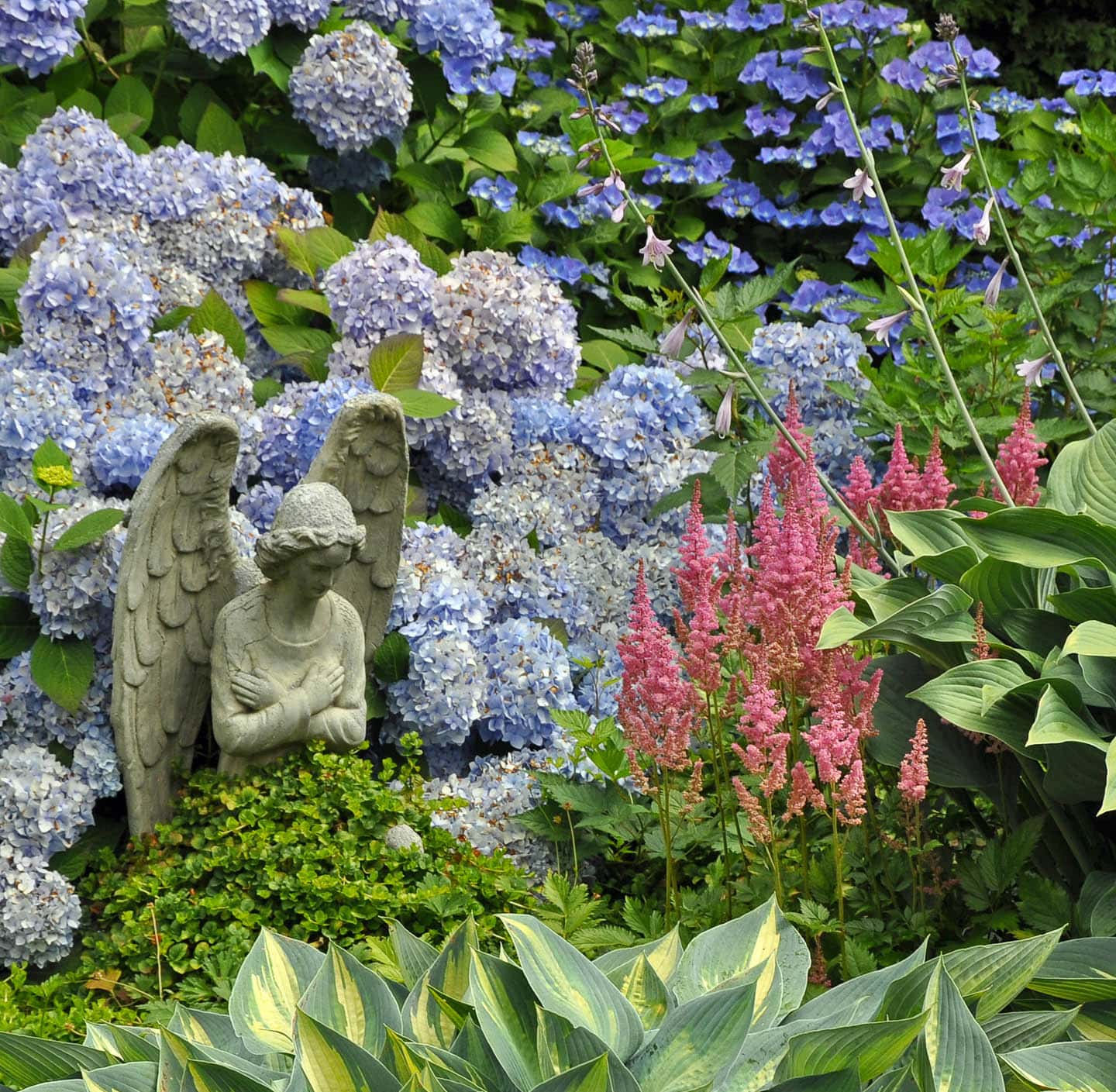
- Clematis (Clematis): This vining plant has delicate flowers in a variety of colors, including blue, purple, pink, and white. It blooms in summer and fall and prefers full sun.
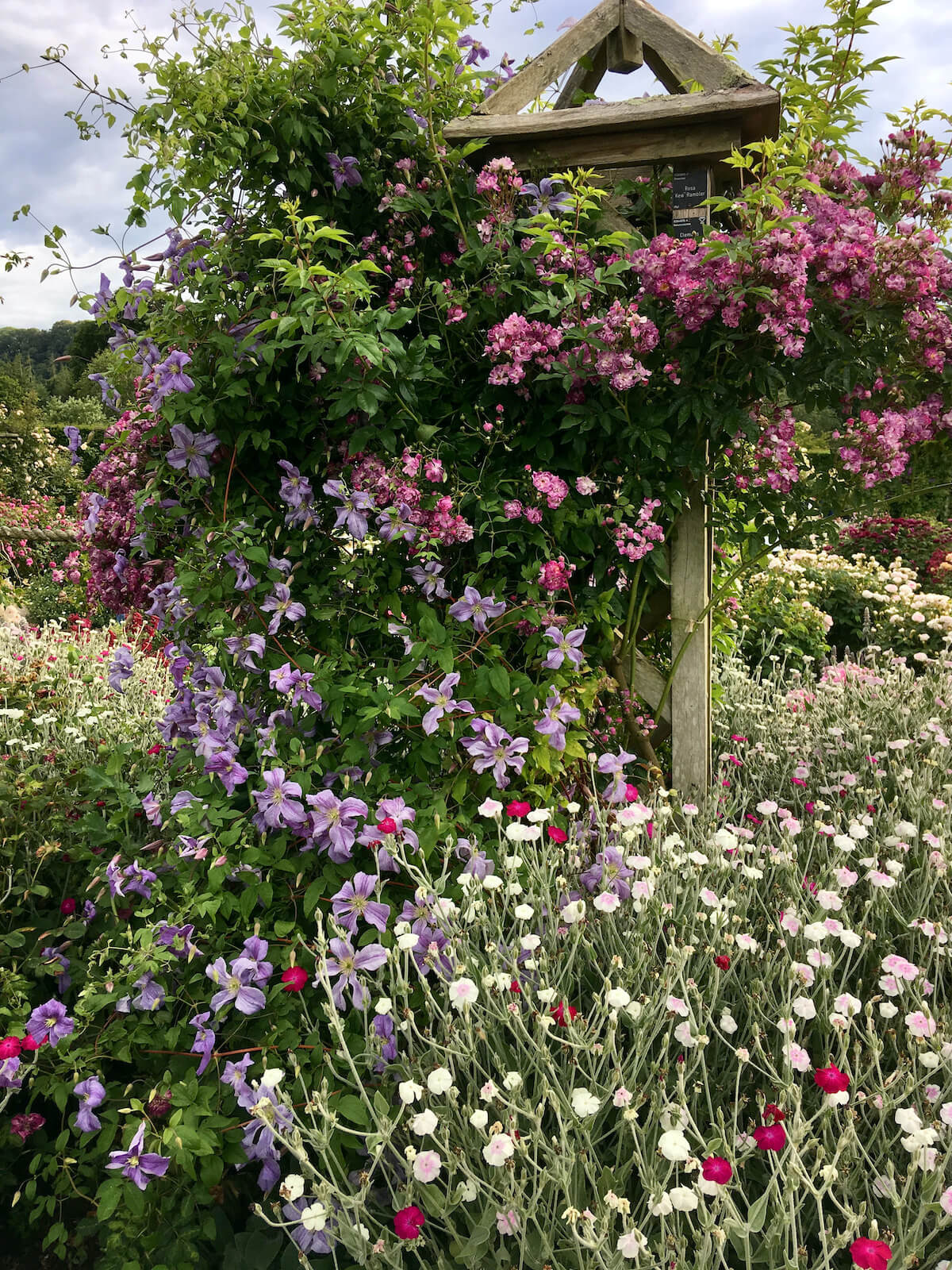
- Mint (Mentha): This aromatic herb is a good choice for edging borders or planting in pots. It blooms in summer and prefers moist soil.

Post a Comment for " Spirea Companion Plants That Will Make Your Garden Pop"